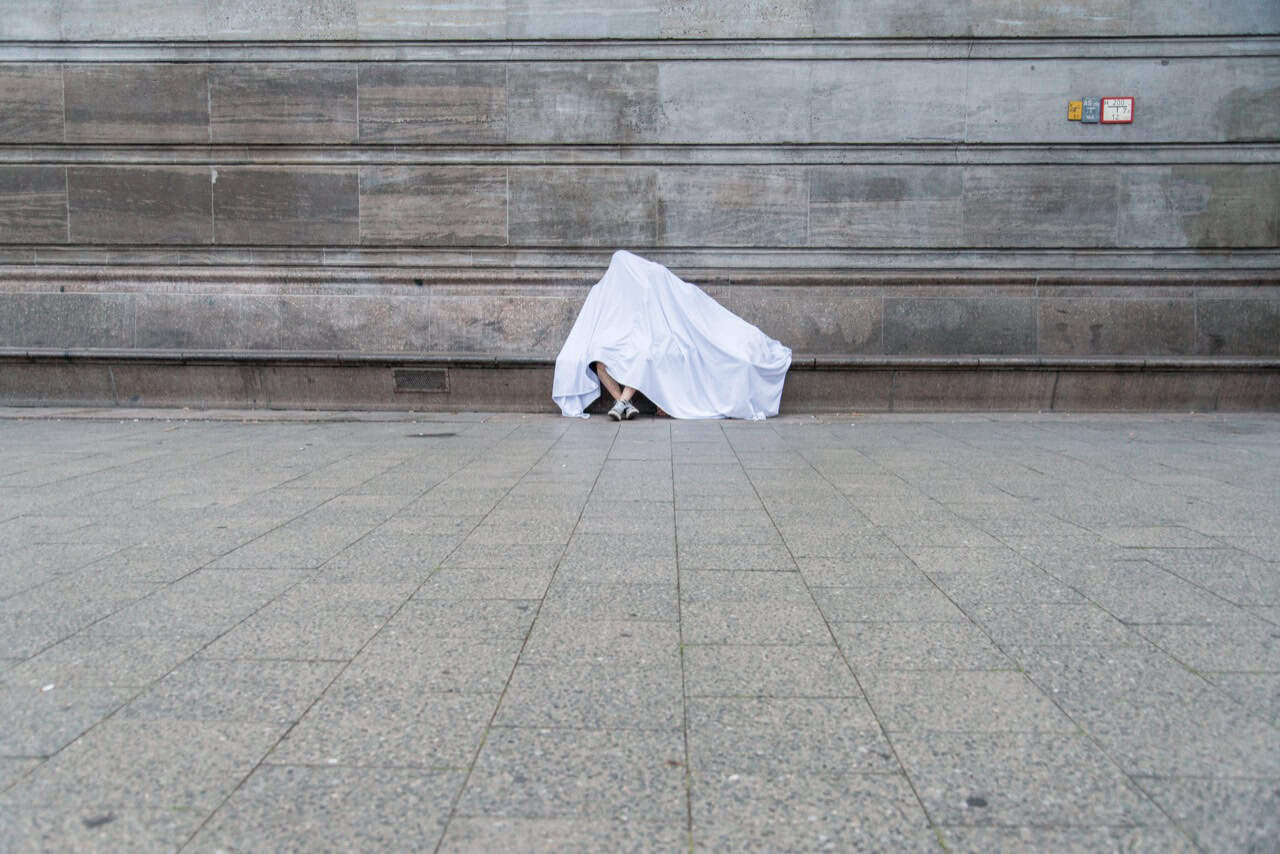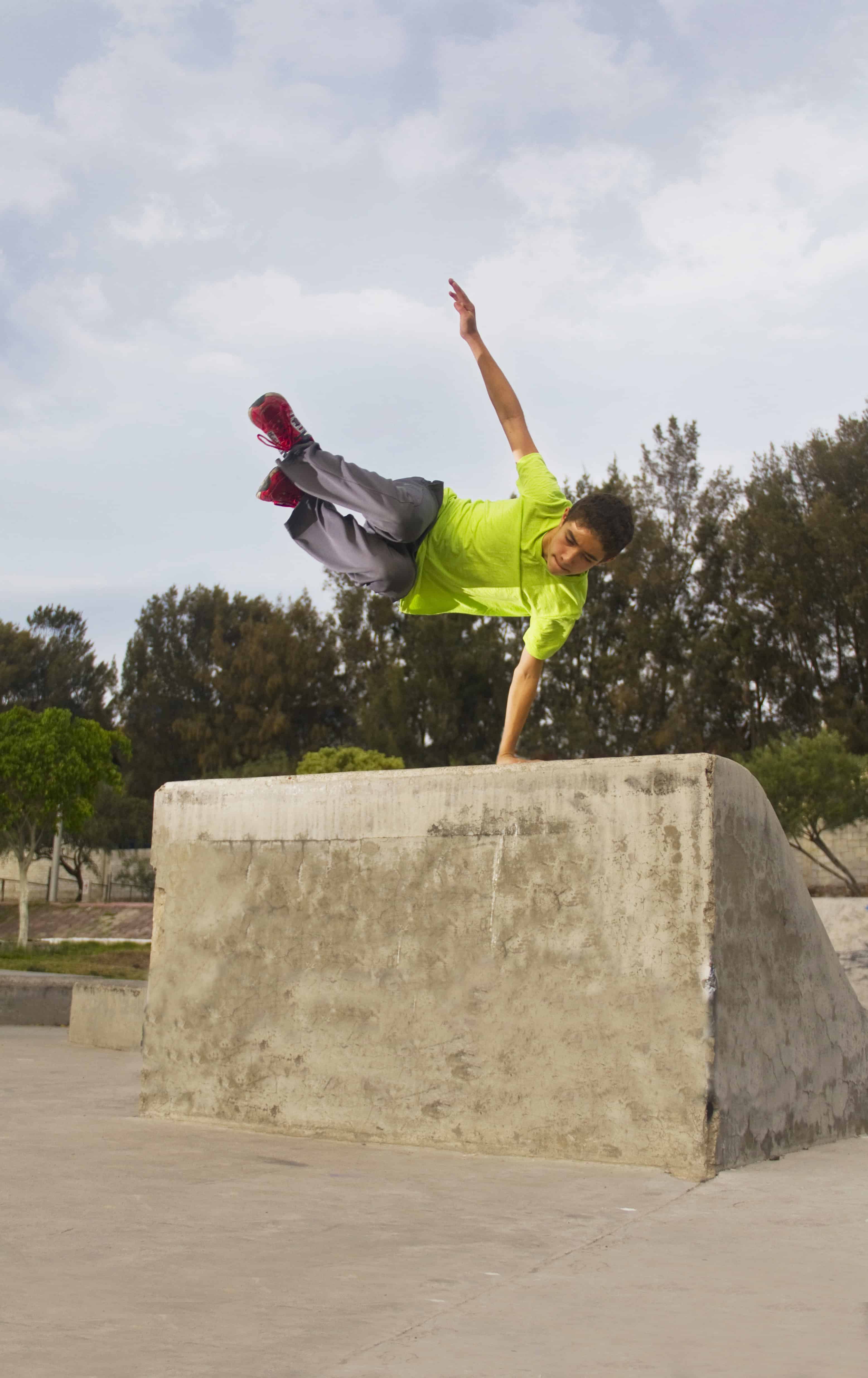
The Franconian Imperial Annals kick off the highlight exhibition in the anniversary year. For the first time, they mention the "Westfalaos" in 775 – a people or warrior group that Charlemagne defeated in Saxony. The exhibition in the Imperial Palace showcases the remarkable book in one of the oldest copies from the ninth century. For the population, Charles' victory meant a cultural change: new lords, new laws, and a new religion take hold. Christianity prevails – bishoprics are established, churches are built, and monasteries are founded. This includes the ladies' convent in Fischbeck, which contributes a very special exhibit: a donation certificate of Emperor Otto I., carefully guarded for over a thousand years, in which the word "Vuestfala" can be found. For the exhibition, this piece is allowed to leave the convent for an extended period for the first time.
A kind of walking path leads through the large hall of the Imperial Palace, along which artistically designed historical landscapes unfold: For the High Middle Ages, there is a picturesque patchwork carpet made of clear, friendly colored fields. Restless brushstrokes in dark black, gray with red accents characterize the environment during the Thirty Years' War. The journey continues through the centuries. Passing, for example, the state dress made of silk and tulle, which Princess Pauline likely wore in Fontainebleau during significant negotiations with Napoleon. At the end of the tour, a glass house awaits and a cautious look into the future. How do they envision Westphalia in 500 or 1000 years? The exhibition curators asked 25 people this question and generated an AI image from the answers, which is now projected onto the glass walls.


